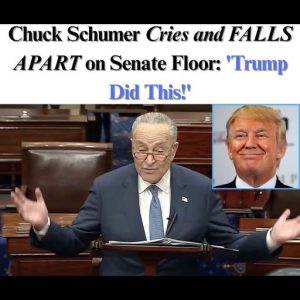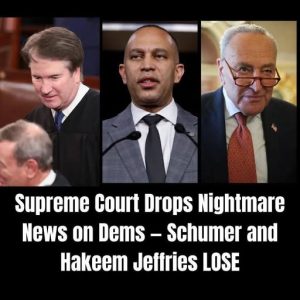Earlier this week, President Donald Trump ordered a major federal intervention in Washington, D.C., declaring a “Crime Emergency” and deploying National Guard troops along with federal law enforcement agencies. The plan involves temporarily assuming control of the Metropolitan Police Department (MPD) and targeting violent crime through joint efforts with the FBI, DEA, and ATF.
The intervention comes amid disputed crime statistics. Although MPD has reported decreases in homicides, robberies, and carjackings compared to 2023, skepticism remains due to recent accusations that department supervisors manipulated data. Earlier this year, MPD commander Michael Pulliam was suspended following allegations from the police union about statistical misconduct.
Trump’s move has received criticism from national media outlets like CNN and MSNBC, which cited the disputed MPD data over 70 times to challenge the president’s claims about crime. Nonetheless, some local residents and federal sources say the intervention has already disrupted criminal activity, including stopping violent offenders and curbing narcotics distribution.
A White House spokesperson praised the effort as an example of Trump’s “bold leadership,” emphasizing his commitment to making the capital “safe and beautiful” for residents and visitors. Trump himself called the nation’s capital unworthy of its symbolic importance and vowed to restore safety on the streets.
The president’s executive order cites that Washington, D.C. currently holds higher rates of murder and robbery than all 50 states, with a homicide rate of 27.54 per 100,000 residents. It also ranks fourth in homicide rates among major U.S. cities, behind only St. Louis, New Orleans, and Detroit, according to the Rochester Institute of Technology.
Former NYPD Lt. Darrin Porcher noted that while Trump has unique authority in D.C., similar actions could be taken in other cities through federal task forces. These could target specific crime waves through consent decrees and coordinated enforcement efforts.




